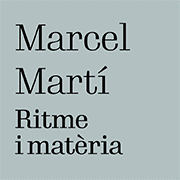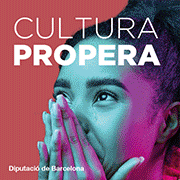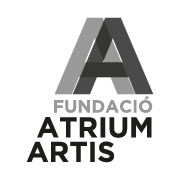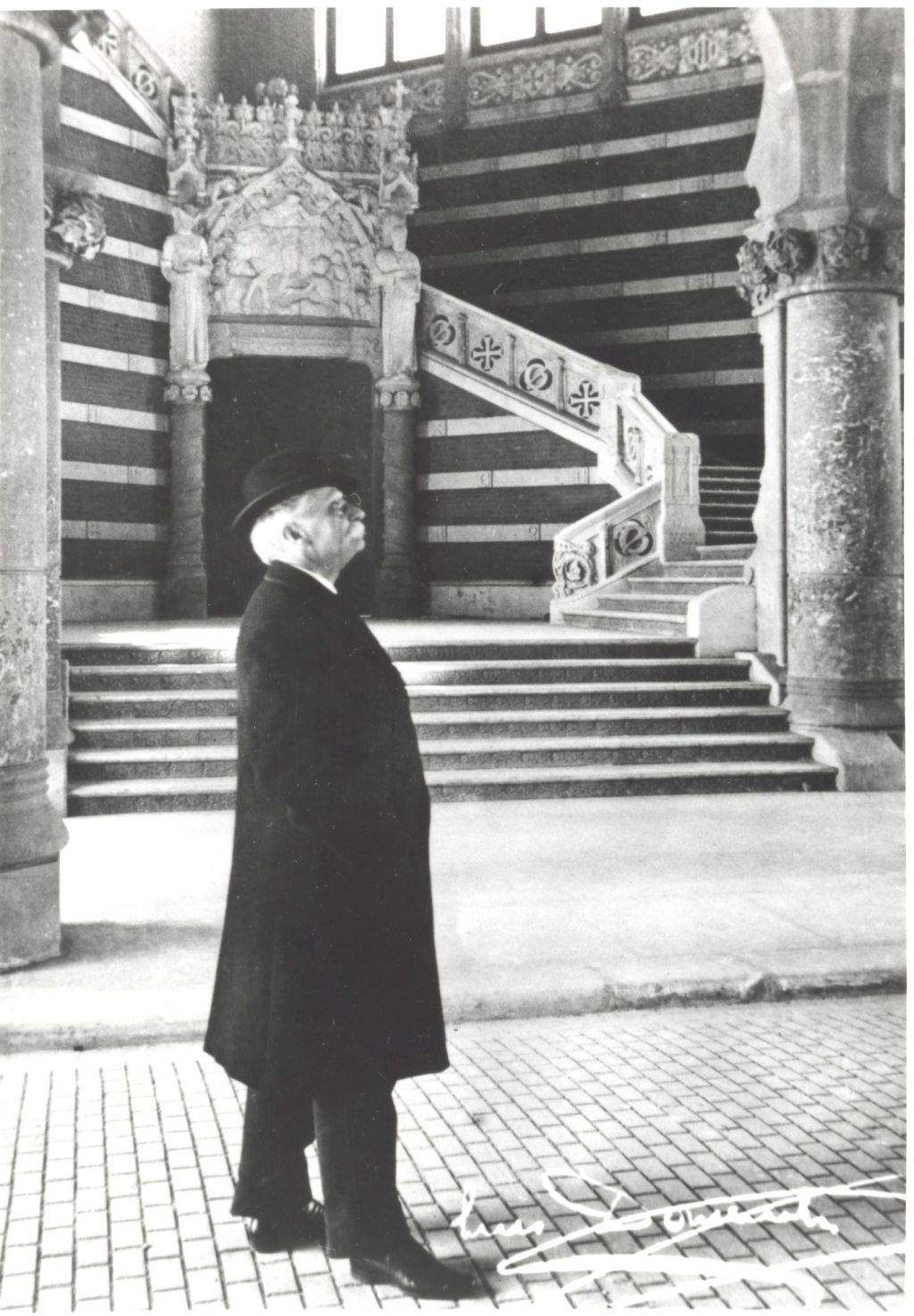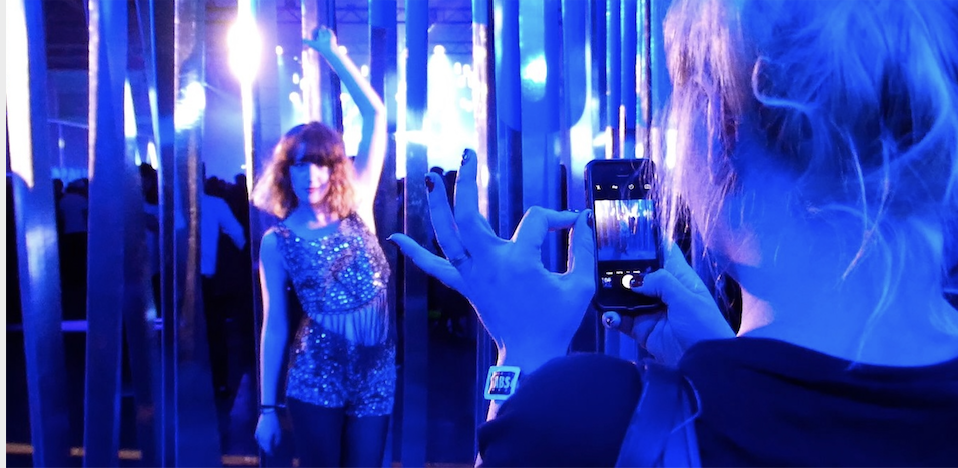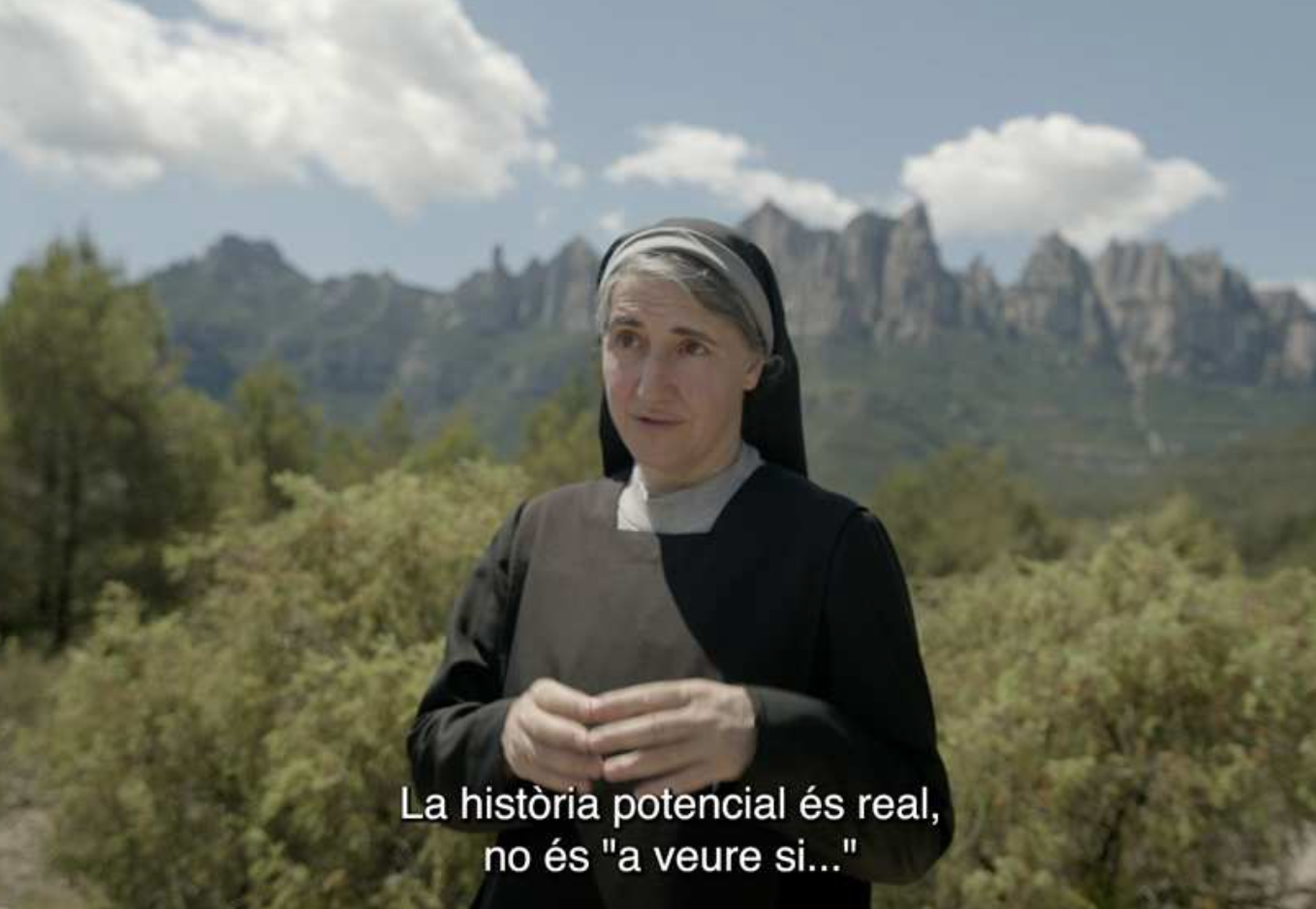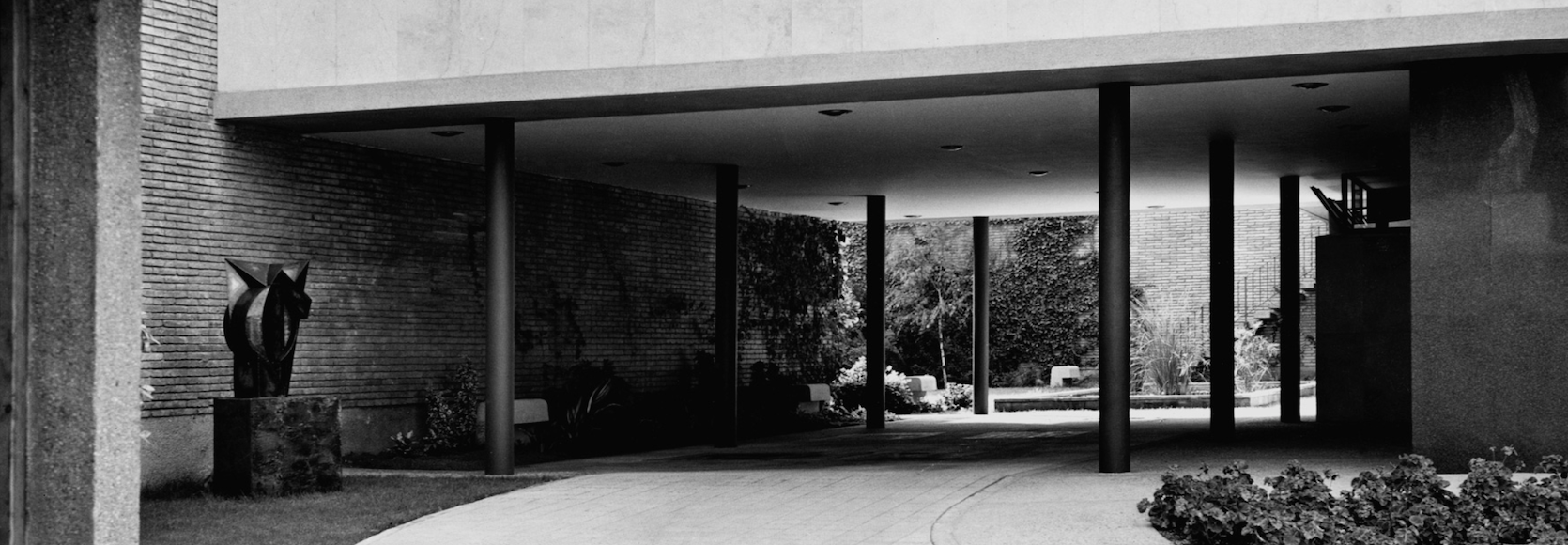Exhibitions
"The fertilizer that fertilizes the earth. Antoni Tàpies" at the Tàpies Foundation
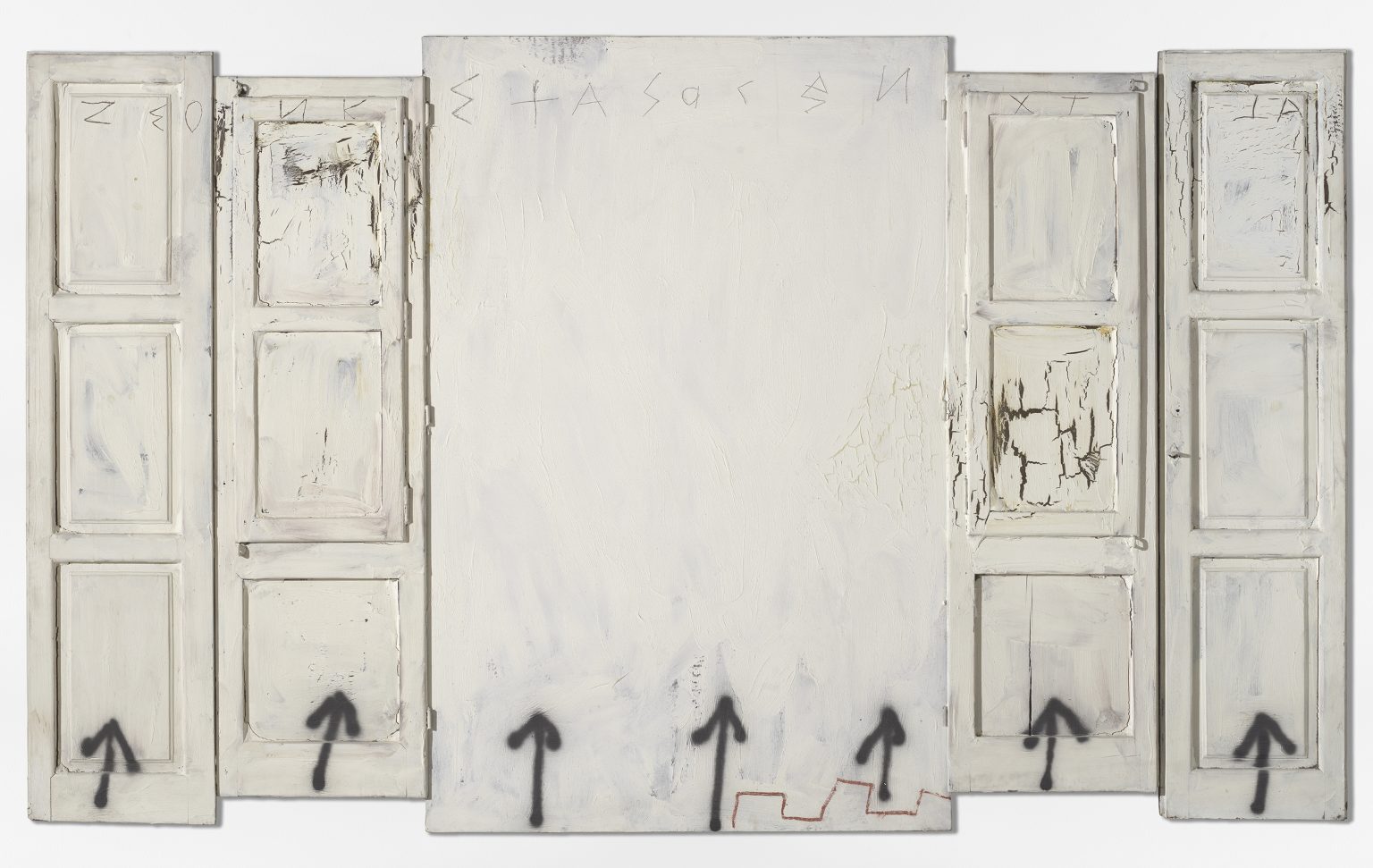
The imposing Cloud and chair that crown the building are not enough to attract the crowded crowd of Carrer Aragó in Barcelona. The central Tàpies Foundation hosts until April 30 The fertilizer that fertilizes the earth, a proposal that takes the public into the material essence of its host, Antoni Tápies. The exhibition presents the work of the Barcelona native between the 60s and 90s of the last century.
The foundation offers a collection of paintings, objects and varnishes that honor the purity of raw materials, natural and ordinary. It is no surprise to recognize at all times a sensitive, but critical look towards the social and political situation in Spain that the author experienced, with a desire for action and change in it.
The work framed (appreciate the redundancy) between the late 1960s and the late 1970s focuses on the imperfection of matter through cracks, movement and constant change. Tápies highlights the revaluation of this, which despite its precariousness, presents itself as a creative mother. The wood, the pigments or the straw, as well as the title of the exhibition, Fertilizer that fertilizes the earth, evoke this duality to understand the raw material as the soul of things, capable of giving life. The materials confront the viewer with the life-death-life cycle, a process that the author and analyst Clarissa Pinkola would later develop in the Jungian work Women who run with the wolves. The result, dyed in dark tones, highlights the characteristic processes of the 60s; the class struggle, the style of an era.
The iconography of Tápies from the late 80s, on the other hand, is reduced to a number
concrete of objects that the author deconstructs and reconstructs. The fertilizer that fertilizes the earth
it is shaped (and conformed) with chairs, frames, feet, crosses and hints at other elements less used in Tápies' work. The author presents the object as a gateway to dream life. The staircase or the bed as a transit space, between reason and spirituality. A symbolic dualism between reality and dream that leaves room for the possibility of enjoyment and pleasure in the custom itself.
The Doors (and Arrows) as access tools to the mystery of existence; closed open
ajar, lacerated, torn from the frame, scratched are some of the adjectives used by the author in Conversations with Antoni Tápies, 1985 - 1991 to present this direct route of transit to the universe.
The foundation's proposal, therefore, despite the frenetic setting of the county town, delivers the land of Tàpies, the situation of a mobile century, an artist who moves between struggle and introspection.


